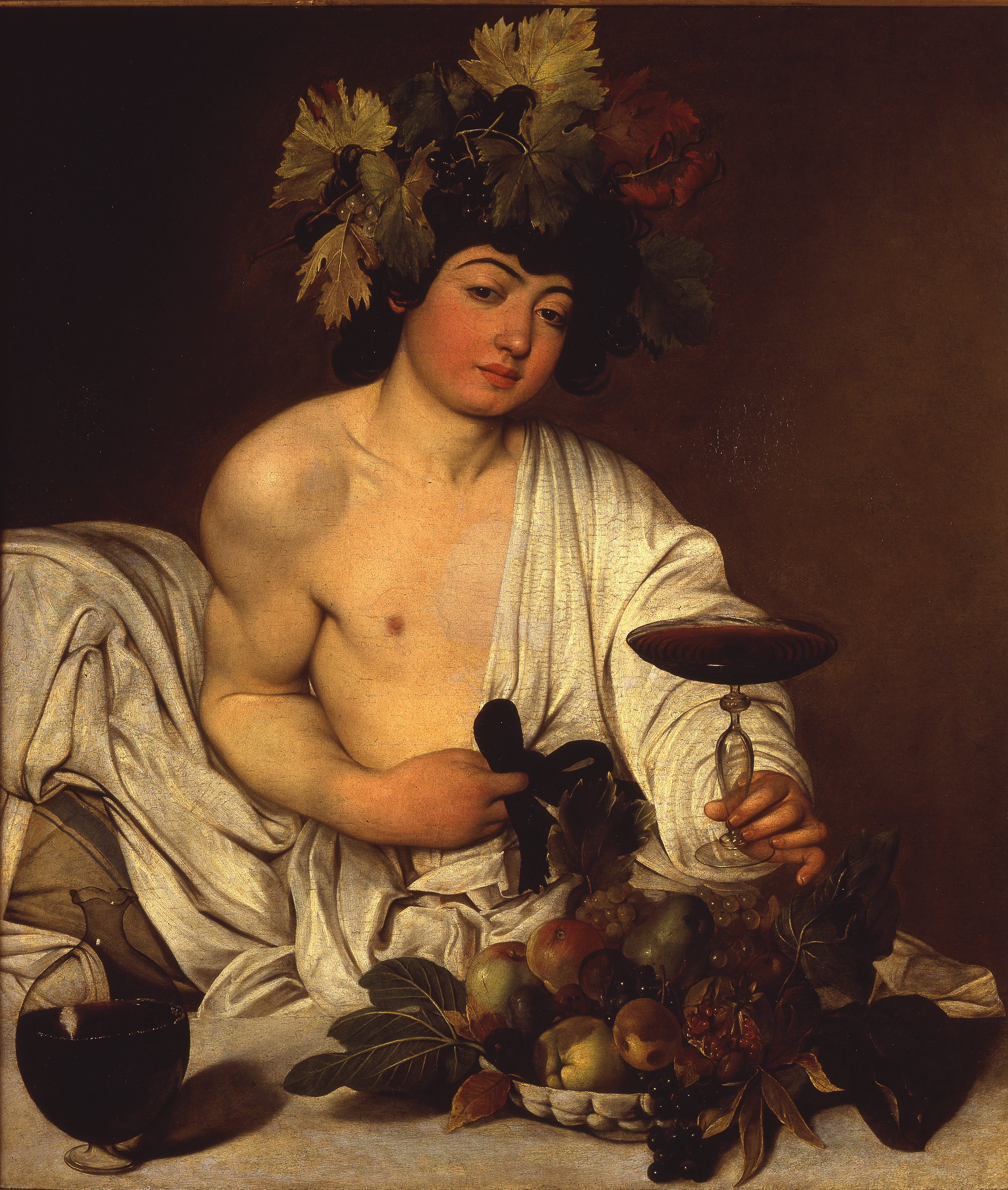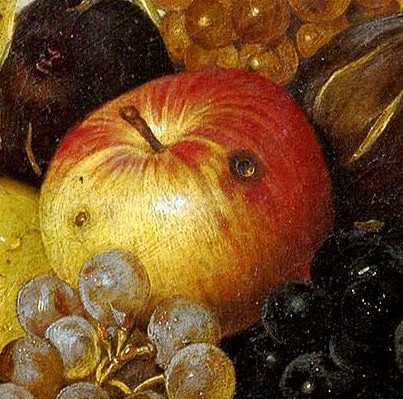The fruit by Caravaggio
- Details
- Category: Painting
.jpg/1280px-Canestra_di_frutta_(Caravaggio).jpg)
The peculiarity of fruit representations in the works by Caravaggio is the presence of elements also unsightly, such as illness, withering and rotting, which give a strong symbolic connotation in the representation of the variety and transience of nature.
Essentially, the genre of still life, which began with the famous "Canestra" (basket) donated to the Cardinal Federigo Borromeo, is a representation of the life cycle, where death is really the beginning of a new life, with the seed that perpetuates the existence inside the ephemeral body.
The rotten or maggoty fruit becomes a memento mori, but also a symbol of potential resurrection and immortality, also present in the major triumphs of vitality, as in the hedonistic representation of Bacchus.







